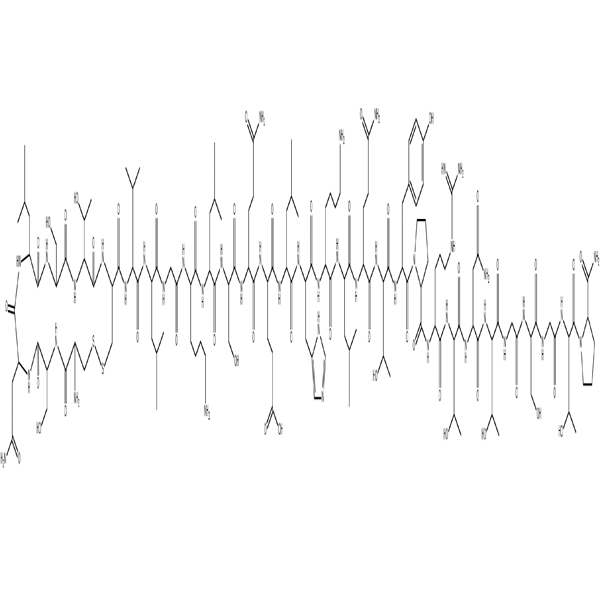Thymulin supplier/63958-90-7/Amino Acid analysis
Description
Thymulin is a peptide hormone produced by thymic epithelial cells, which has immune-regulatory and anti-inflammatory effects and supports the differentiation and maturation of T cells. Thymulin requires zinc to exert its biological activity and can stimulate the pituitary to release hormones, exhibiting pituitary-activating properties. Thymulin is suitable for primary and secondary immunodeficiency diseases, diseases caused by immune dysfunction, adjuvant therapy for tumors, aplastic anemia, and acute and chronic viral hepatitis. It is also used to treat lupus erythematosus, rheumatoid arthritis, allergic asthma, and other conditions.
Specifications
Apperance: White to off-white powder
Purity(HPLC): ≥98.0%
Single Impurity: ≤2.0%
Acetate Content(HPLC): 5.0%~12.0%
Water Content (Karl Fischer): ≤10.0%
Peptide Content: ≥80.0%
Packing and Shipping: Low temperature, vacuum packing, accurate to mg as required.
How To Order?
1. Contact us directly by phone or email: +86-13735575465, sales1@gotopbio.com.
2. Order online. Please fill out the order online form.
3. Provide peptide name, CAS No. or sequence, purity and modification if required, quantity, etc. we will provide a quotation within 2 hours.
4. Order conformation by duly signed sales contract and NDA(non disclosure agreement) or confidential agreement.
5. We will continuously update the order progress in time.
6. Peptide delivery by DHL, Fedex or others, and HPLC, MS, COA will be provided along with the cargo.
7. Refund policy will be followed if any discrepancy of our quality or service.
8. After-sale service: If our clients have any questions about our peptide during experiment, please feel free to contact us and we will respond to it in a short time.
All products of the company are only used for scientific research purpose, it’s prohibited to be directly used by any individuals on human body.
FAQ:
Q:What are peptides?
A:Peptides are short chain molecules formed by amino acids linked together by peptide bonds. They typically consist of 2 to 70 amino acids.
Q:If you want to do a biotin modification at the N terminal, do you need to put a gap between the biotin and the peptide sequence?
A:The standard biotin labeling procedure used by our company is to attach an Ahx to the peptide chain, followed by biotin. Ahx is a 6-carbon compound that acts as a barrier between the peptide and the biotin.
Q:How to choose the salt form of peptides?
A:The choice of the salt form of peptides needs to consider various factors, including the peptide sequence, stability, solubility, biotoxicity, and specific experimental requirements. By default, peptides are generally delivered as trifluoroacetic acid (TFA) salts; in addition, peptides can also exist in forms such as acetate, ammonium, and sodium salts.
Q:What are the best preservation conditions? How stable is the peptide?
A:After lyophilized, polypeptide can form fluff or flocculant powder, which can avoid premature degradation of polypeptide. Recommended storage conditions: a. -20℃ storage or dry environment b. Try to avoid repeated freeze-thaw c. Try to avoid storage in solution state (freeze-dried powder can be stored in separate packages for convenience of use) d. If it must be stored in solution, it is recommended to dissolve the peptides in sterile water under weakly acidic conditions and store at -20℃.
Q:How do I store peptides?
A:Usually the peptide product you receive is lyophilized powder packaging, please store the peptide in a dry, dark -20°C freezer immediately after receiving the sample to maintain the peptide stability as much as possible. Before use, place the polypeptide packaging tube from the freezer to a dry condition at room temperature, and allow the temperature to naturally warm to room temperature before opening the cap. Otherwise, water vapor in the air will enter the sample tube when the lid is opened, reducing peptide stability. Once opened, it should be weighed quickly and immediately sealed to avoid deliquescent, and hydrophilic peptides should be more careful to avoid repeated freezing and thawing. Outside temperature during short-term transportation will not affect the shelf life and quality of peptides.

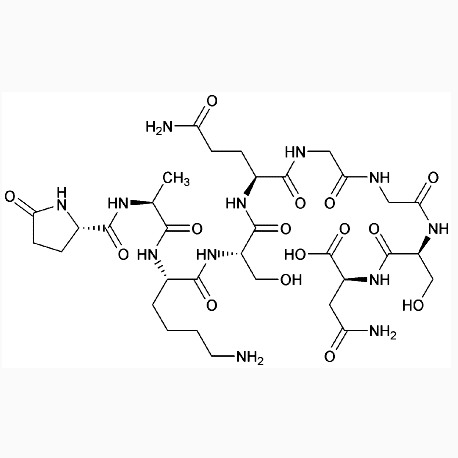
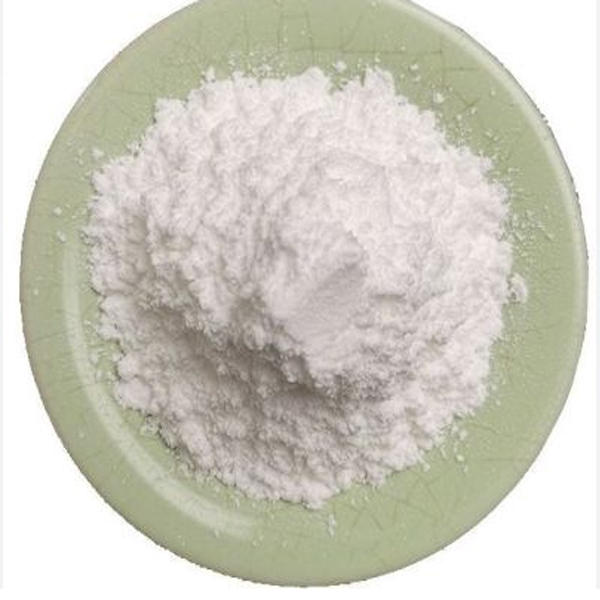
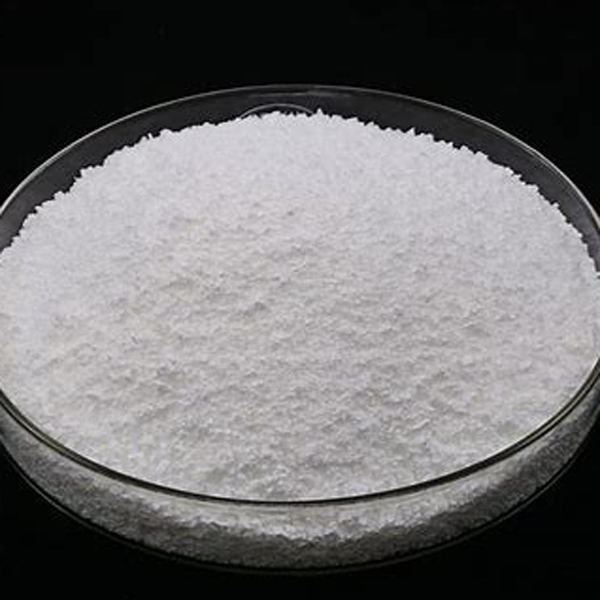
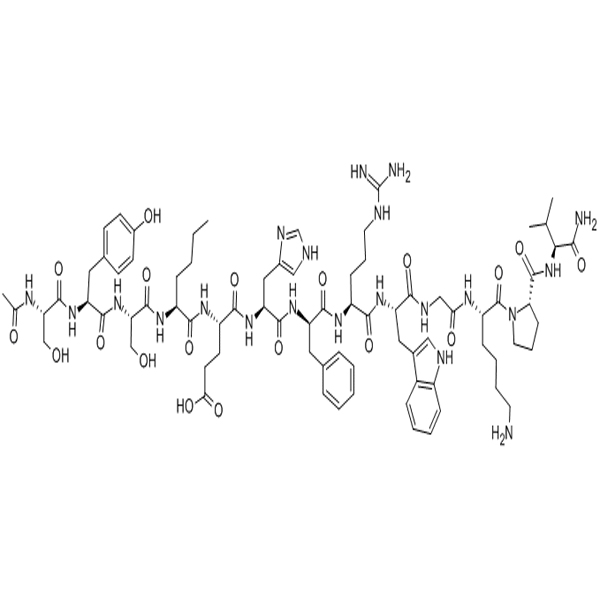
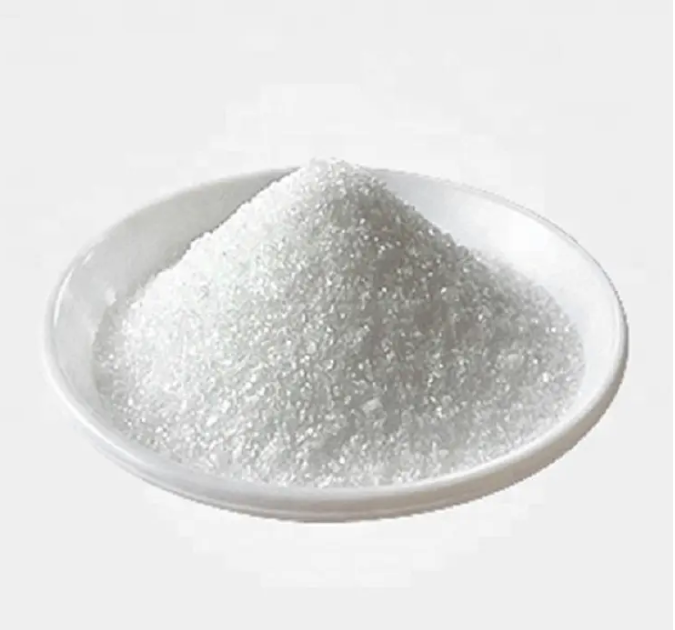
![E-[c(RGDyK)2]/GT Peptide/Peptide Supplier](https://www.gtpeptide.com/uploadfile/202506/9052c8f001511e0.jpg)
